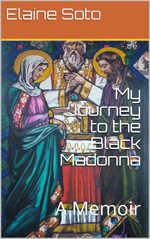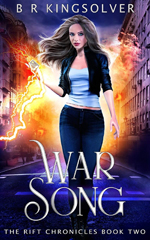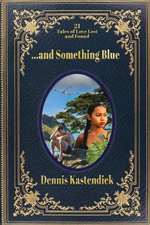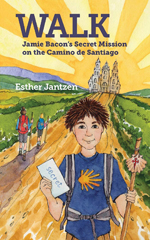Author Elaine Soto is a retired psychologist and an artist originally from New York who now makes her home in Albuquerque, New Mexico. Her debut release, My Journey to the Black Madonna: A Memoir (November 2020), is an exploration of her search for healing — a journey that “helped her to become whole and to integrate and transform her feelings of pain, grief, and anger into strength and compassion.” You’ll find Elaine on her website at ElaineSoto.com and on LinkedIn.
 What is your elevator pitch for My Journey to the Black Madonna?
What is your elevator pitch for My Journey to the Black Madonna?
This memoir weaves pantoum poems, paintings of the Divine Feminine, and vignettes about my search for the Black Madonna in Puerto Rico, Spain, China, Italy and France with stories about growing up Puerto Rican in the United States. I became aware of the Black Madonna as a child and it became a metaphor for my search for my father and for a positive identity as a Puerto Rican woman. As I accomplished my goals to become a psychologist and an artist, my unconscious memories of separation and betrayal became more and more conscious. I had visions and dreams of the Black Madonna. According to Jungian Psychologists, one becomes aware of the Black Madonna when dealing with the dark experiences of one’s life. Meditation, poetry and art were some of the tools I used to help myself and others to heal.
When readers turn the last page in the book, what do you hope they’ll take away from it?
I want the reader to be placed for a time in my life (the good and not so wonderful events in it) and to learn from my experience that one can heal from the past. And also to learn about the Black Madonna and early Christianity.
What unique challenges did this work pose for you?
My life story and my search for the Black Madonna evolved as I wrote. It took 30 years to write.
How did the book come together?
I started writing from an inner desire to tell my life story from my point of view. It started as como fue — how it was. The stories I heard about my father did not match my inner experiences, and I searched for the truth about him. I was also curious about the Black Madonna who I saw as a positive symbol of my Puerto Rican culture. When researching the Black Madonna, I took notes and kept them in a folder. I also painted the Black Madonnas I found while I was an artist in residence at the Puerto Rican workshop in New York. I took several workshops with Natalie Goldberg in New York and in Taos, and I kept daily journals for many years. Art and writing were healing for me and I shared these tools with clients and counseling students.
While you were writing your memoir, did you ever feel afraid you were revealing too much about yourself or your life? If so, how did you move past your fear?
I was painting and writing to express myself. I did not plan to publish this work. In my writer’s group, I shared my writings and they listened. It was healing for me. I was concerned about sharing trauma and abuse stories. In Eye Movement Desensitization and Reprocessing (EMDR) therapy I was able to clear some of the trauma so I didn’t need to share it anymore. When I finally integrated my searches for my father and the Black Madonna, I was able to share stories that were truthful and relevant to my journey.
What was your favorite part of putting this project together?
Being able to look at my life experiences and what I learned and to share those that might be helpful to others on their life journey.
How did your art and your writing help you work through your life issues?
Writing my memoir helped me to bring together unconscious and conscious memories of my childhood and life. Art helped me to express myself and to share images of what I learned about the Black Madonna and early Christianity.
What is the best encouragement or advice you’ve received in your writing journey?
The best advice I received as a writer was “just sit down and write anything on the page” and “let it rip.” The first was by my college English teacher and the second by Natalie Goldberg.
 KL Wagoner (writing as Cate Macabe) is the author of This New Mountain: a memoir of AJ Jackson, private investigator, repossessor, and grandmother. Kathy posts to a speculative fiction blog at klwagoner.com and writes about memoir at ThisNewMountain.com.
KL Wagoner (writing as Cate Macabe) is the author of This New Mountain: a memoir of AJ Jackson, private investigator, repossessor, and grandmother. Kathy posts to a speculative fiction blog at klwagoner.com and writes about memoir at ThisNewMountain.com.







































